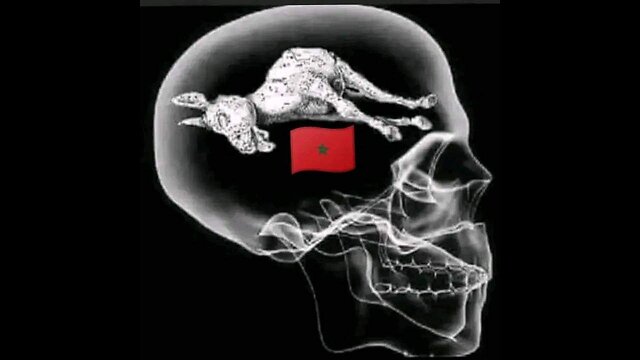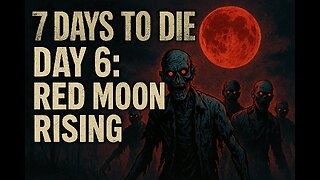Premium Only Content

The Moroccan Model of Slavery!
Trans-Saharan Slave Trade:
From the 7th century through the early 20th century, Morocco was a significant center for the Trans-Saharan slave trade.
Enslaved Black Africans from sub-Saharan Africa were transported along the trade route from Timbuktu to the slave market in Marrakesh.
These enslaved individuals were then sent to other parts of Morocco and the broader Mediterranean world.
The trade route facilitated the exchange of gold, ivory, salt, and slaves between North Africa and sub-Saharan regions.
African tribes that converted to Islam captured non-Muslim people and exported them northward toward Morocco.
Sultan Isma‘il ibn Sharif of Morocco received thousands of Sub-Saharan slaves annually, adding them to his army and slave-soldiers known as the Black Guard.
The Trans-Saharan slave route primarily led to Marrakesh, which remained a major slave market for over a thousand years1.
Barbary Slave Trade:
Morocco was also involved in the Barbary slave trade, where Europeans captured by Barbary pirates were enslaved.
This trade continued until the 19th century.
The open slave trade was eventually suppressed in Morocco during the 1920s.
Legacy and Modern Context:
Owning black slaves in Morocco was considered prestigious until deep into the 20th century.
Women were taken as concubines and domestics, while men worked in fields or served as domestics.
Although the formal slave trade ended, remnants of this history persist, and issues related to racism and vulnerability remain relevant today2.
In summary, Morocco played a significant role in both the Trans-Saharan and Barbary slave trades, impacting the lives of countless enslaved individuals over centuries. Efforts to address historical legacies and promote social justice continue in modern Morocco34.
-
 15:06
15:06
Doc Rich
1 day agoThey Leaked Classified Intel...
9.69K14 -
 LIVE
LIVE
I_Came_With_Fire_Podcast
11 hours agoSoft POWER: "American First" Does NOT Mean "America Alone"
236 watching -
 1:15:25
1:15:25
Wendy Bell Radio
7 hours agoPet Talk With The Pet Doc
25.4K4 -
 2:24:28
2:24:28
Squaring The Circle, A Randall Carlson Podcast
1 hour ago#053 New Discoveries In The Younger Dryas Impact Hypothesis - Squaring the Circle
7.37K3 -
 LIVE
LIVE
GritsGG
3 hours agoWe Are Winning Every Game! Win Streaking! 👑 2998+ Ws
116 watching -
 4:41
4:41
MudandMunitions
11 hours agoGlock 20 Gen 5 10mm Holster Review IWB Vedder Protuck vs JM Custom Kydex for EDC Concealed Carry
6.56K3 -
 LIVE
LIVE
FyrBorne
16 hours ago🔴Warzone M&K Sniping: Where TTK and Consistency Meet
232 watching -

DynastyXL
5 hours ago🌕 Day 6 Prepare For HORDE With MrsDynasty 🧟 Building a community first 100 Followers! (57/100)
27.7K -
 8:03
8:03
AI Sonic Memes
1 day ago $0.01 earnedAI Sonic Memes Compilation
3.02K -
 51:53
51:53
Lina Pardy Tarot
16 days agoCancer-Scorpio-Pisces "A Message from the Person in No Contact"
1.95K1